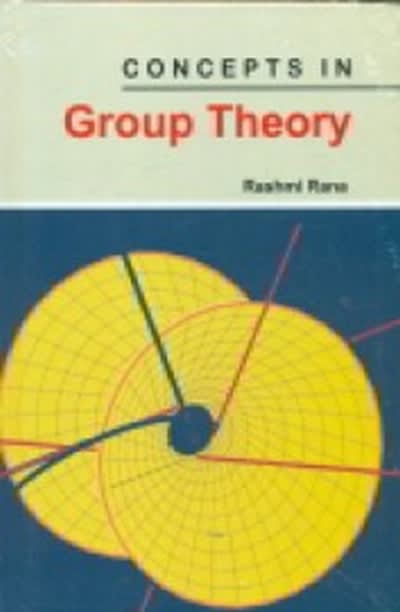Question
1.The molecules that contain Nucleus Localization Signal (NLS) gathering, are quickly guided into the center through nucleopore. The underlying advance of this vehicle incorporates limiting
1.The molecules that contain Nucleus Localization Signal (NLS) gathering, are quickly guided into the center through nucleopore. The underlying advance of this vehicle incorporates limiting of importin-alpha to the NLS gathering, which by then goes probably as an augmentation for the association of importin-beta.
2. Red platelets (RBCs) present in human dissemination framework don't contain center. Nonattendance of center prompts more space for stuffing of hemoglobin that passes on nuclear oxygen. This thusly extends the oxygen-passing on limit in blood. If the center was accessible, hemoglobin substance will be confined around the periphery.
3. Multinucleated cells have diverse center. In individuals, skeletal muscle cells which are generally called myocytes, become multinucleated during progress. The results in the arrangement of centers near the edge of the skeletal muscle cells and thusly, allowing most noteworthy intracellular space for myofibrils.
4. GTPases; Impotins and exportins are responsible for the vehicle of particles inside the center and outside to the cytoplasm exclusively. This vehicle is constrained by GTPases, proteins that hydrolyze guanosine triphosphate (GTP) to convey energy.
5. After record, the pre-mRNA is adjusted to make created mRNA. The change of mRNA fuses the going with 5 methul guanosine covering that safeguards the mRNA from RNases, 3 polyadenylation and joining of the introns of pre-mRNA.
6. Coenzyme An is a characteristic compound got from pantothenic destructive. Pantothenic destructive is a B-bundle supplement and is water dissolvable. The acetyl bundle from the decarboxylation of pyruvate is moved to coenzyme A, making it acetyl CoA.
7. The route toward changing over pyruvate to cell energy molecules is known as the Krebs cycle. This connection decarboxylates pyruvate using intensifies present in the mitochondrial cross section.
8. more than 30; The end-product of glycolysis, pyruvate and NADH can be prepared in the mitochondria in presence of oxygen. This cycle can make more than 30 additional particles of ATP.
9. A tiny bit of part of free energy open in glucose is open to cell for the net mix of two ATP particles during glycolysis. Most of the energy is taken care of in pyruvate.
10.yes it is; Two ATP molecules are formed per molecule of glucose oxidized. Close by ATP, in the net reaction two pyruvate particles and two iotas of water are also formed.
Step by Step Solution
There are 3 Steps involved in it
Step: 1

Get Instant Access to Expert-Tailored Solutions
See step-by-step solutions with expert insights and AI powered tools for academic success
Step: 2

Step: 3

Ace Your Homework with AI
Get the answers you need in no time with our AI-driven, step-by-step assistance
Get Started


